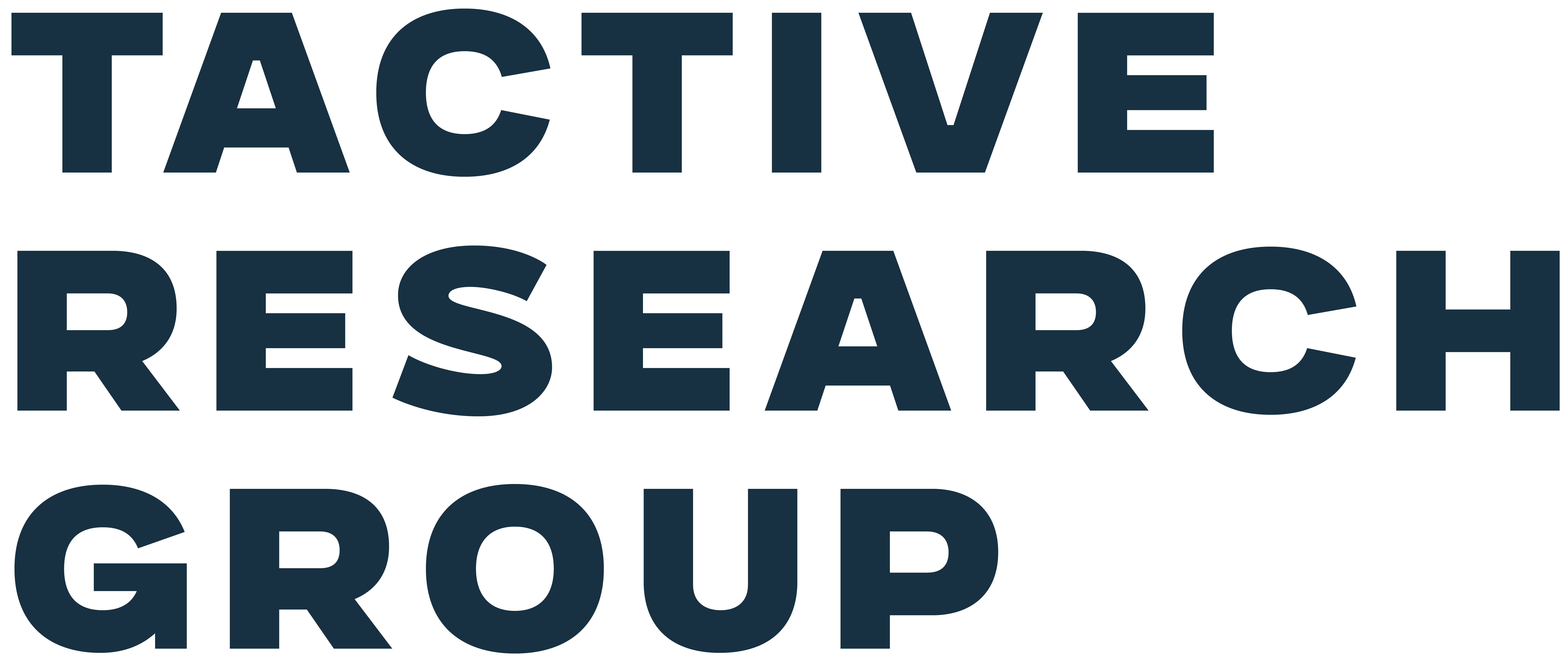Quick Take
Small and medium-sized enterprises (SMEs) are rapidly becoming the bullseye for cybercriminals. The most effective countermeasure? Adopting a Zero Trust Architecture (ZTA) tailored to their scale and constraints. CIOs and IT decision-makers should kickstart Zero Trust initiatives by identifying their highest-risk assets and enforcing least privilege and continuous verification policies around them.
Why You Should Care
- SMEs are prime targets. Attackers increasingly bypass hardened enterprise perimeters and pivot toward SMEs, which often serve as third-party vendors or supply chain links. Over 60% of small firms fold within six months of a cyberattack. The cost of doing nothing is existential.
- Legacy security models are failing. The castle-and-moat approach doesn’t hold up in an age of distributed work and hybrid IT. Zero Trust assumes breach, continuously verifies identity, and limits access to minimize damage, a model far more suited to modern threat vectors.
- Zero trust can be cost-effective. Implementation doesn’t require enterprise-level spending. SMEs can leverage existing tools (VPNs, MFA, cloud-native IAM) and adopt affordable segmentation and monitoring tools. Open-source options and vendor trials further reduce barriers.
- ZTA enables secure digital transformation. Remote work, SaaS adoption, and cloud migration all introduce new risks. Zero Trust ensures security policies travel with users and data, wherever they go, making it easier for SMEs to scale securely and meet compliance requirements.
What You Should Do Next
Assess your “crown jewels” and define who/what really needs access, then map current identity, device, and network controls, then incrementally layer on Zero Trust principles.
Get Started
- Begin with identity. Deploy MFA across all users and systems, using adaptive policies that adjust based on location, device, and behavior.
- Segment the network. Use microsegmentation or VLANs to contain lateral movement. Start small with high-risk systems.
- Leverage what you have. Existing firewalls, VPNs, cloud tools, and endpoint solutions can often be reconfigured to align with Zero Trust.
- Tap vendor trials. Many cybersecurity providers offer lightweight or freemium Zero Trust features, evaluate and pilot before you buy.
- Engage a Managed Security Service Provider (MSSP) to jumpstart implementation if internal bandwidth is tight.

